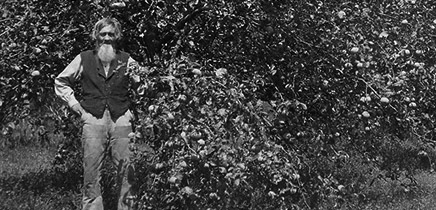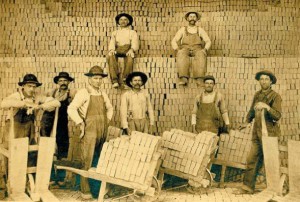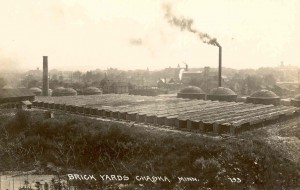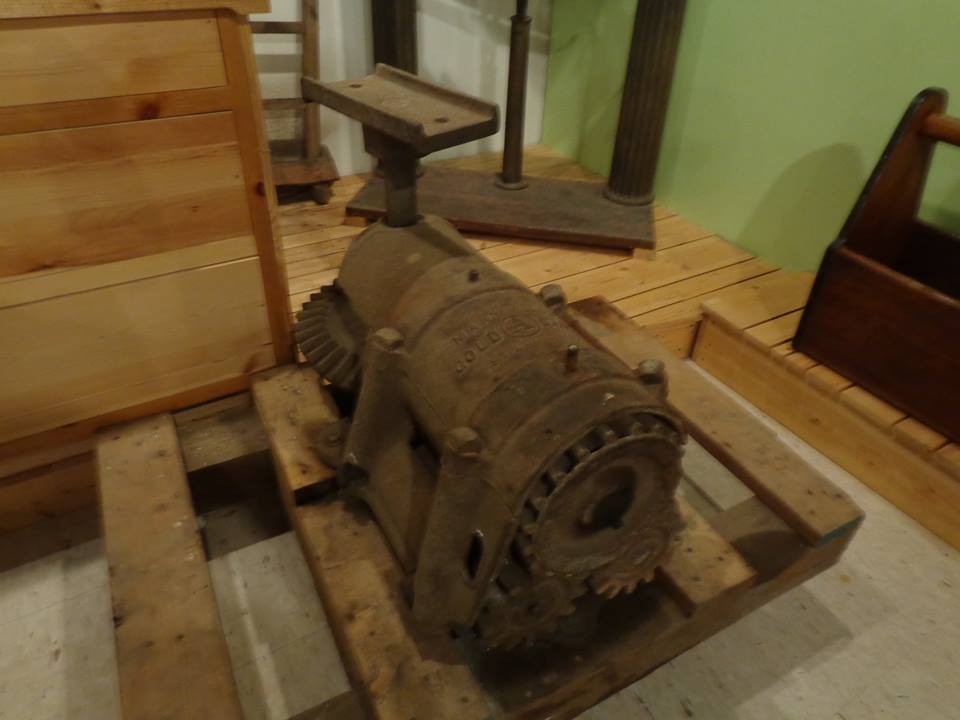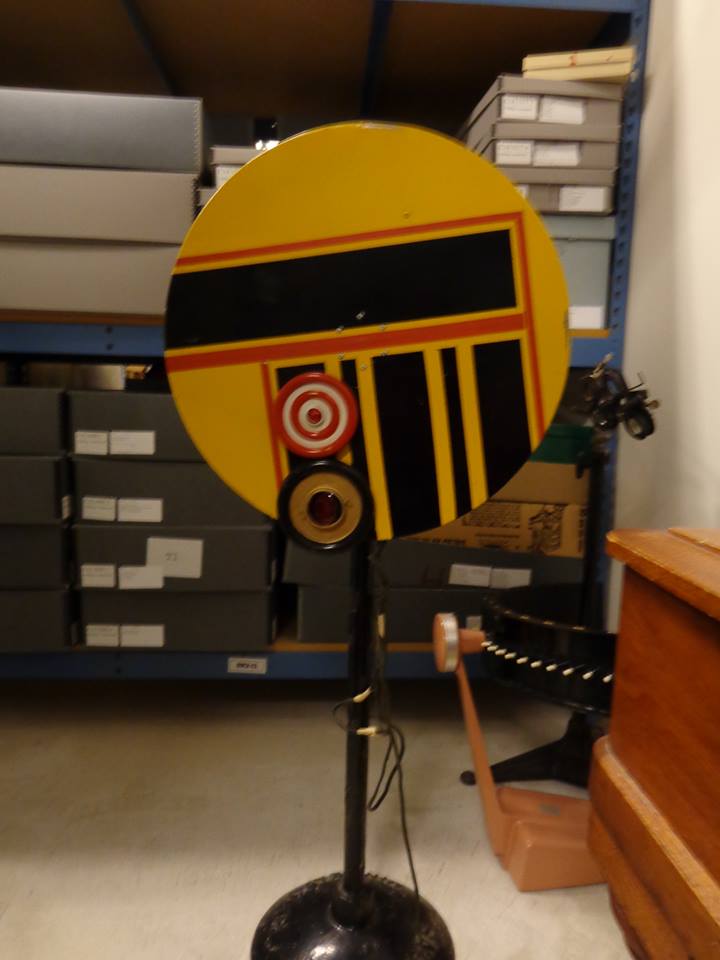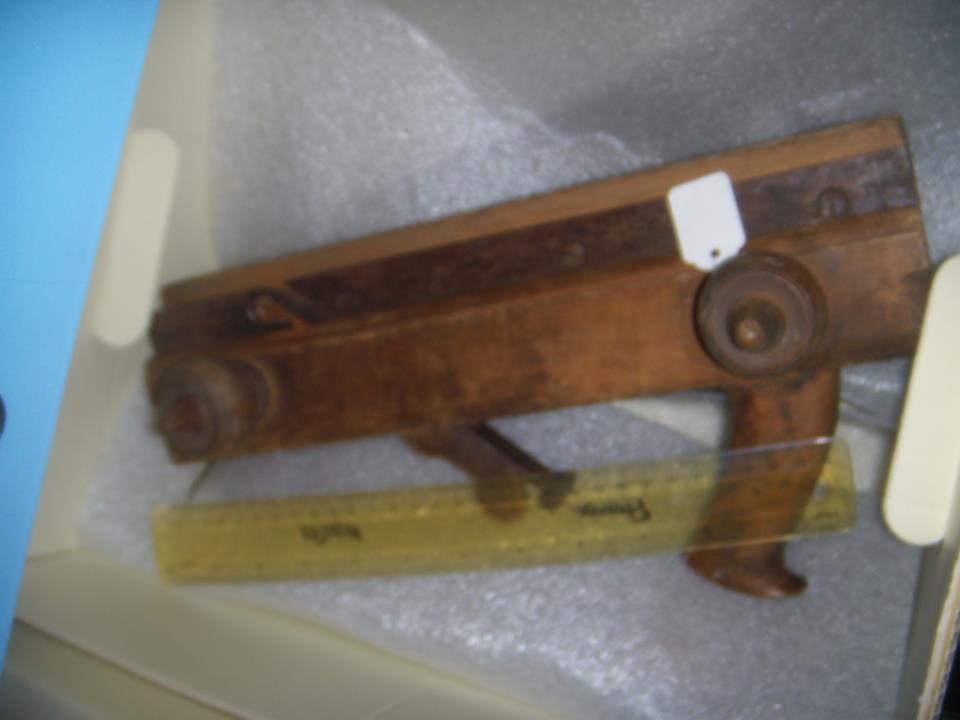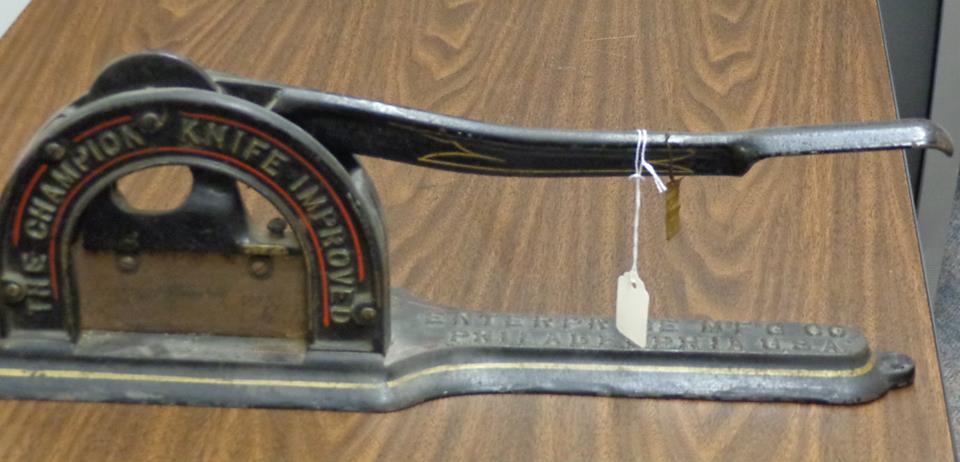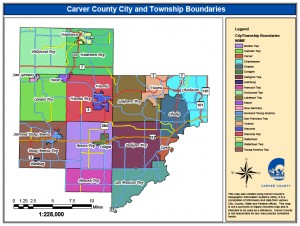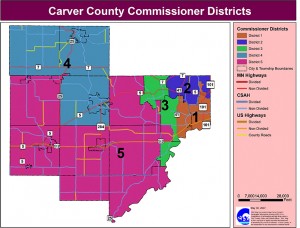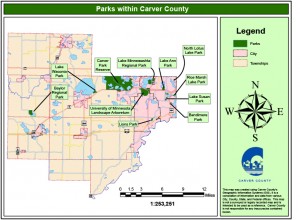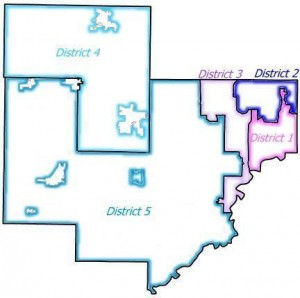Seminary Fen is located between the cities of Chaska and Chanhassen, just across the river from Shakopee. In the twenty-first century, the site is a rare wetland, but the site was used long before the Department of Natural Resources (DNR) took control in 2008.
The history of Seminary Fen begins with the sulfur springs on the site. When Dr. Henry P. Fischer moved to the Shakopee area in 1894, he became interested in the sulfur springs and in 1908, he and his wife bought the land. That same year, Fischer teamed up with Dr. Timothy Larson of Jordan and F.W. Goodrich of Eden Prairie to form the Shakopee Mineral Springs Co. The Fischer’s then sold the land to the company but remained living on site. Dr. Fischer continued with the company until it was sold in 1951.
In November 1908, construction began on a sanatorium on the site. It was a health spa, a place to learn to stay well, not a hospital. The site was originally named the Swastika Sulpher Springs Sanitarium, after the symbol that meant life, power, strength, and good luck. However, the name was changed long before Germany’s Adolf Hitler gave a negative connotation to the word “swastika”. The sanatorium was known as Mudcura by the time the site officially opened in July of 1909. The only thing left behind of the earlier name was a decorative swastika symbol in the main office. The name Mudcura came from the mud baths and mud wraps thought to cure diseases that were given on site.
Mudcura’s main building included twenty-seven bedrooms for up to fifty guests, a cigar and newsstand, a smoking room, and a barbershop. Patients stayed for days or weeks, visiting one-three times a year. Mud baths and baths in the springs treated arthritis, rheumatism, gout, neuralgia, asthma, skin or nervous diseases, kidney problems, and alcoholism. One treatment was to lie on a rattan bed covered from the neck down in heated mud, followed by a massage and wrap in a cool blanket. Other treatments included drinking sulfur water or electric treatments. The rest of the visit was spent relaxing in leisure activities like walks or lawn sports. Records show patients from all over Minnesota, and Alaska, Colorado, Iowa, North and South Dakota, Wisconsin and Saskatchewan, Canada.
In 1951, the sanatorium was sold to the Black Franciscans, Order of Friars Minor Conventual, from Louisville, Kentucky. They named it Assumption Seminary and the site became linked with both the Colleges of St. Catherine and St. Thomas in St. Paul. The Seminary remained in operation until 1970. After that, the property changed hands many times, but remained abandoned. Many legends about the site being haunted sprang up. At times religious music was faintly heard inside the building. However, there is an explanation for this. Across the street are two transmission towers for a Christian radio station, and on foggy nights, the water pipes in the building would pick up the radio signal and transmit it audibly at a low level within the building. On November 8, 1997, a fire broke out at the site, destroying all remaining structures. It is believed the fires were set intentionally, to destroy this haunted “Hell House.”
In the twenty-first century, the Minnesota Department of Natural Resources (DNR) has control of the site, still named for Assumption Seminary, as a Scientific and Natural Area (SNA). Seminary Fen is a calcareous fen within a larger wetland complex. Calcareous fens are a special type of wetland that can occur only at the base of slopes or bluffs, where cool , mineral-rich groundwater appears as springs. Water charged with minerals comes to the surface, then saturates and helps maintain thick layers of peat created by the decomposition of the plants that grow in the oxygen-poor water. Seminary Fen’s groundwater drains into Assumption Creek. The cold, clear waters of the creek form one of the Twin Cities metro area’s last surviving trout streams and flow from the fen to the Minnesota River just a mile away. A calcareous fen is Minnesota’s rarest wetland type. Fewer than five hundred survive in the world and Seminary Fen is one of the last remaining fens of this quality. It is home to many threatened and endangered plant species.
Turning Point: The formation of the Swastika Sulpher Springs Sanitarium at the Seminary Fen site in 1909 begins the history of Seminary Fen as a health and wellness destination, spanning four decades of patients from around the world.
Chronology:
- 1894: Dr. Henry P. Fischer moves to the Shakopee area with his family, and becomes interested in the nearby sulfur springs.
- 1908: Dr. Fischer and his wife purchase the springs. That same year, Fischer teams up with Dr. Timothy Larson of Jordan and F.W. Goodrich of Eden Prairie to form the Shakopee Mineral Springs Co.
- November 1908: Construction begins on a sanatorium at the site.
- July 1909: The sanatorium is opened to the public.
- 1951: The sanatorium is sold to the Black Franciscans. Order of Friars Minor Conventual, who turn it into a seminary named Assumption Seminary.
- 1970: The Seminary is closed.
- 1970-1997: The property changes hand many times, but remains abandoned.
- November 8, 1997: The abandoned structures, now thought haunted, is burned to the ground. The fire is thought to be intentional.
- 2008: The Minnesota Department of Natural Resources (DNR) purchases the Seminary Fen site to be turned into a protected Scientific and Natural Research area.
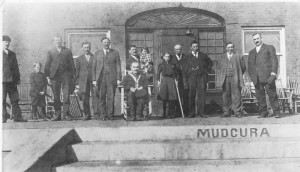
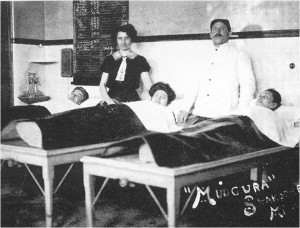
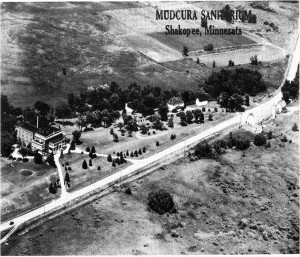
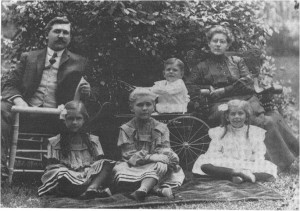
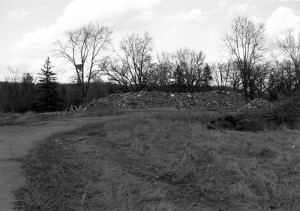
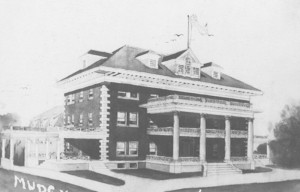
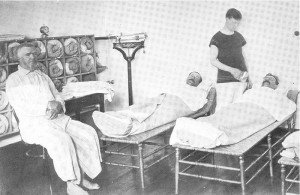
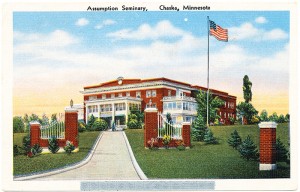
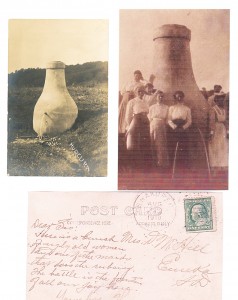
Bibliography:
Crawford, Richard. “State DNR to Acquire Seminary Fen Property.” Chaska Herald, March 6, 2008.
Durben, Mary. “Mudcura Attracted Thousands.” Carver County Herald, June 23, 1988.
______. “Growing Up at Mudcura was ‘Great’, Says Founder’s Daughter.” Carver County Herald, June 23, 1988.
Faber, Jim. “Once Known Nationally, Now Just a Memory.” Chaska Herald, February 21, 1991.
“Seminary Fen” Educational Program. Carver County Historical Society
Seminary Fen. Lower Minnesota River Watershed District. Accessed April 19, 2013. http://www.watersheddistrict.org/seminary%20fen.html
Seminary Fen SNA. Minnesota Department of Natural Resources. Accessed April 19, 2013. http://www.dnr.state.mn.us/snas/detail.html?id=sna02018
Related Resources:
[Primary]
Adams, Forrest. “DNR Officials and Chanhassen: No Eastern Crossing.” Chaska Herald, August 9, 2007.
Adams, Forrest. “Seminary Fen ‘On the Edge’.” Chaska Herald, July 8, 2010.
“Cleanup Saturday for Seminary Fen in Chanhassen.” Star Tribune- West Metro, October 27, 2012. Accessed April 19, 2013. http://www.startribune.com/local/west/176113481.html?refer=y
Hovell, Darla. “Seminary Must Gain Historical Significance to Change Zoning.” Carver County Herald, September 10, 1986.
“Intentions of Forming New Village Are Heard.” Weekly Valley Herald, September 8, 1938.
“Legislators Step Into River Crossing Fray: Concerns Over Fen.” Chaska Herald, April 18, 2008.
“Mudcura Sanitarium: Crowded to the Roof and Patients Have Been Turned Away.” Weekly Valley Herald, February 24, 1910.
“Mudcura Sanitarium Currently Observing Fortieth Anniversary.” Weekly Valley Herald, July 21, 1949.
“Seminary Fen Featured in MPR’s “Minnesota Sounds and Voices.” Chaska Herald, November 2, 2011. Accessed April 19, 2013. http://www.chaskaherald.com/news/general_news/seminary-fen-featured-in-mpr-s-minnesota-sounds-and-voices/article_ff420746-f7c0-5412-ba30-76bdc47470b6.html
“State DNR to Acquire Seminary Fen Property.” Chanhassen Villager, March 6, 2008.
“To Vote on Mudcura Village Dec. 29.” Waconia Patriot, December 22, 1938.
[Secondary]
Carver County: Today and Yesterday. Compiled by the Carver County Statehood Centennial Committee, 1958.
“Embrace Green Urban Space- No. 7 Seminary Fen.” Embrace Open Space. Accessed April 20, 2013. http://www.embraceopenspace.org/index.asp?Type=B_BASIC&SEC=%7B92E50F66-6C65-4C24-AC71-46224A08D2BE%7D&DE=%7BD742BB38-6AD5-4730-BABC-271773144451%7D
Holcombe, Maj. R.I., ed. Compendium of History and Biography of Carver and Hennepin Counties, Minnesota. Henry Taylor and Company: Chicago, 1915.
Tremblay, Ruth and Lois Schulstad. Images of America: Carver County. Arcadia Publishing: Charleston, South Carolina, 2011.
Minnesota Master Naturalist. “The Friends of Seminary Fen.” Minnesota Master Naturalist Lothe013 Blog, University of Minnesota, May 22, 2009. http://blog.lib.umn.edu/lothe013/mnats/2009/05/friends_of_seminary_fen_chanha.html
[Web]
Minnesota’s Scientific and Natural Areas. Minnesota Department of Natural Resources. Accessed April 19, 2013. http://www.dnr.state.mn.us/snas/index.html
Seminary Fen. Minnesota Seasons.com- Nature Tourism in Minnesota. Accessed April 19, 2013. http://minnesotaseasons.com/Destinations/Seminary_Fen_SNA.html
Seminary Fen Protection. Minnesota’s Legacy- Watch the Progress. Accessed April 19, 2013. http://www.legacy.leg.mn/projects/seminary-fen-protection
Images/Audio/Video
Uncatalogued. Photograph Collection, Carver County Historical Society, Waconia. Photographic print, “Mudcura” [Description]: An aerial view of the Mudcura Sanitarium near Shakopee. Rights held by the CCHS.
Uncatalogued. Photograph Collection, Carver County Historical Society, Waconia. Photographic print, “Dr. Henry Fischer and Family” [Description]: A family portrait of Dr. Henry P. Fischer and family. Rights held by the CCHS.
AV-81-7654 Photograph Collection, Carver County Historical Society, Waconia. Photographic print “Mudcura” [Description]: a view of the main sanatorium building, which included twenty-seven bedrooms for up to fifty guests, a cigar and newsstand, a smoking room, and a barbershop. Rights held by the CCHS.
Photograph Collection, Carver County Historical Society, Waconia. Photographic print “Treatments” Description: An image showing how some of the mud-wrap treatments worked. Rights held by the CCHS.
Photograph Collection, Carver County Historical Society, Waconia Photographic print “Treaments 2” Description: A view showing patients wrapped in cool blankets after receiving a mud-wrap. Rights held by the CCHS.
AV-90-10244 Photograph Collection, Carver County Historical Society, Waconia. Photographic print “Patients” [Description]: This photo shows a group shot of patients at Mudcura Sanitarium. Early 1910s, not long after Mudcura opened. Rights held by the CCHS.
AV-99-10782 Photograph Collection, Carver County Historical Society, Waconia Photographic print “Remains of Mudcura” Description: This image shows the remains of the Sanitarium after it was burned to the ground on November 8, 1997. Rights held by the CCHS.
“This article used with the permission of MNopedia, operated by the Minnesota Historical Society, under a Creative Commons License. No changes have been made to the article’s content.”

